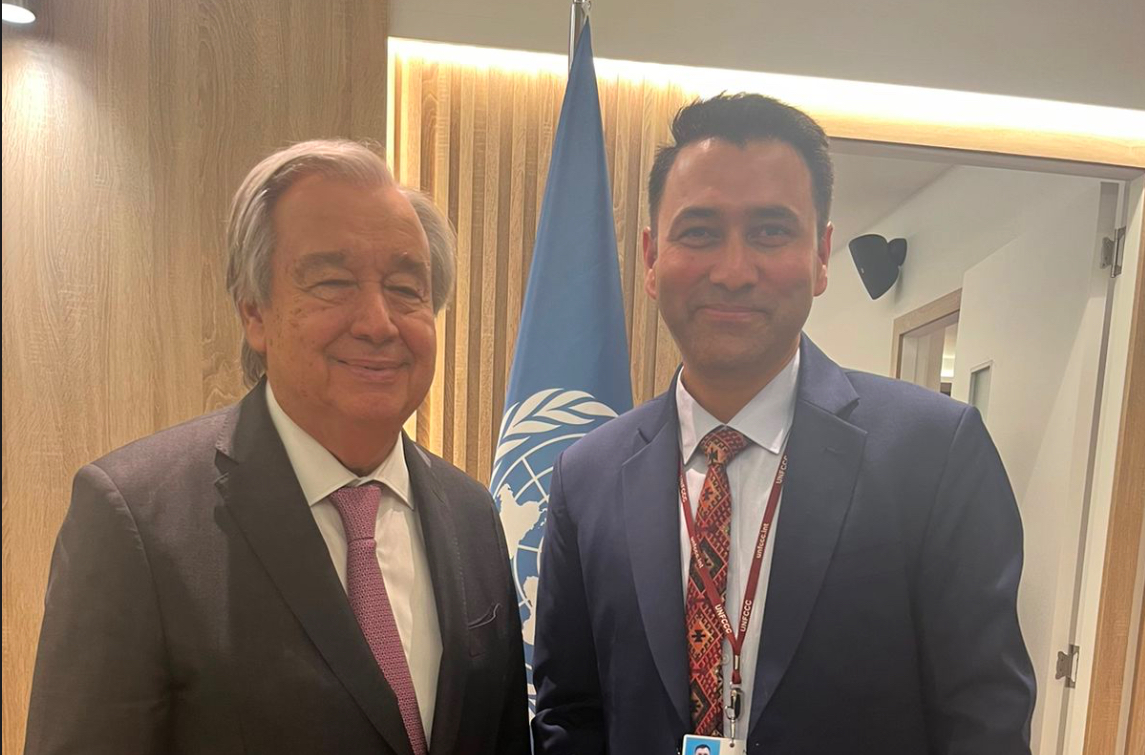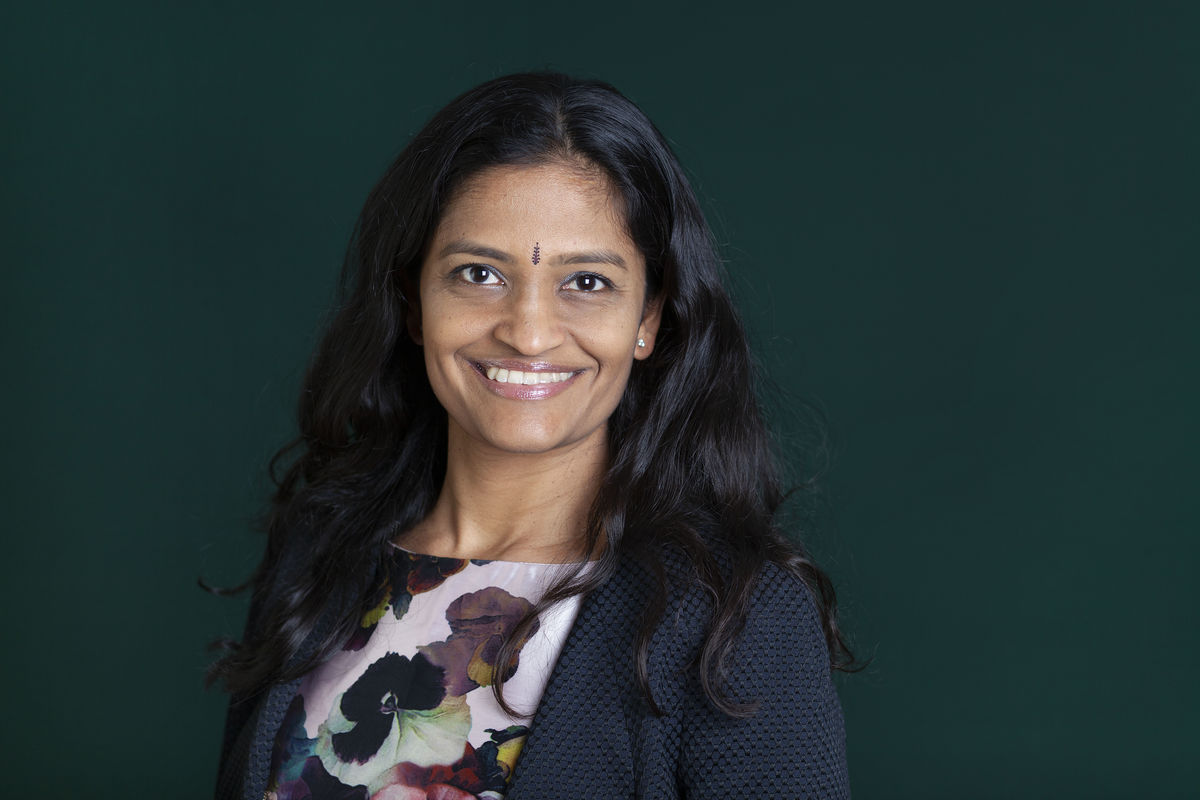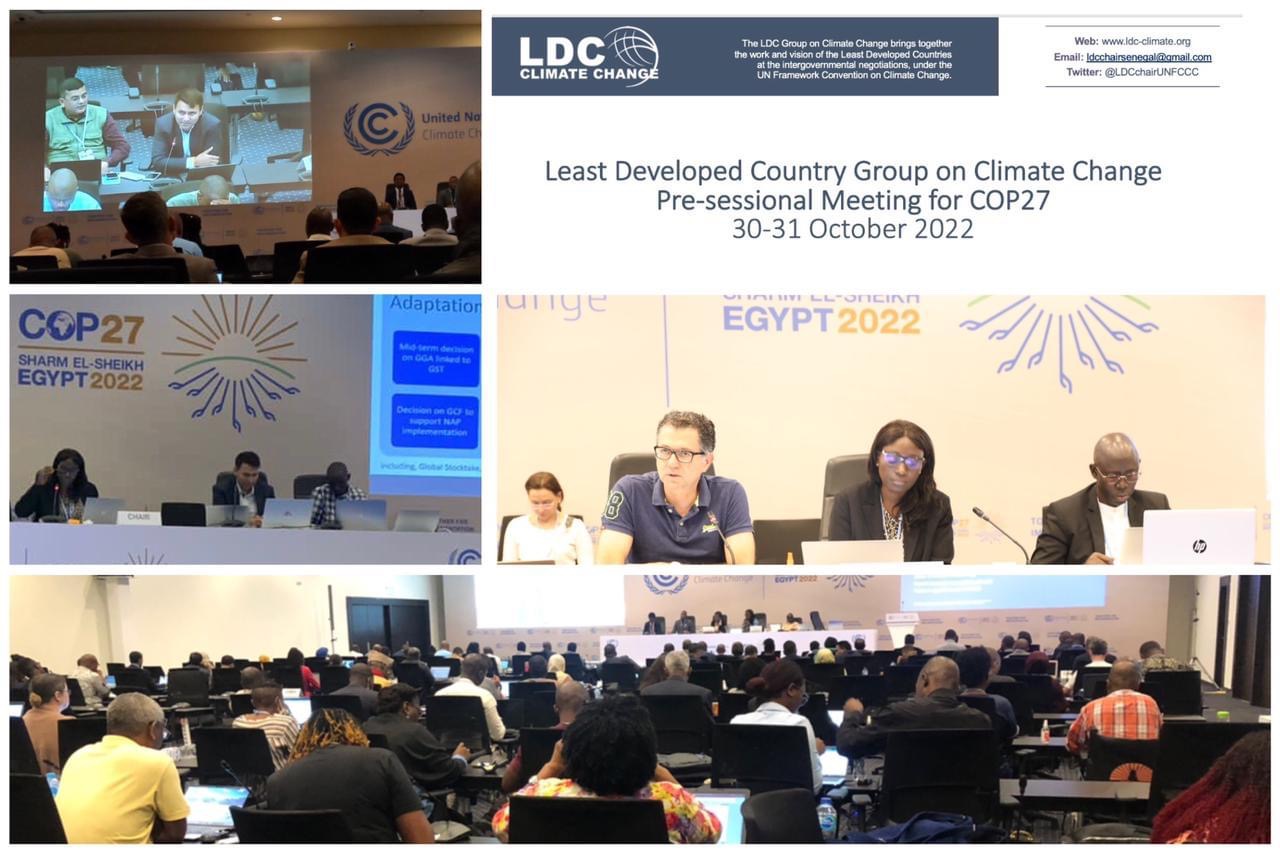‘The global community must recognise the urgency of climate crisis and take decisive action’

– Manjeet Dhakal
Head of LDC Support team at Climate Analytics, MANJEET DHAKAL is an advisor to the Chair of the Least Developed Counties (LDCs) for the UN Climate change multilateral process, and honorary advisor on climate change to Nepal’s Minister for Forest and Environment. He is also an Adjunct Faculty for Climate Change studies at the Pokhara University, School of Environmental Science and Management (SchEMS). Mr Dhakal, who has observed from close quarters and taken part in several COPs in the past, spoke to BHAGIRATH YOGI on the outcomes of the COP29. Excerpts of the interview:
What were the key outcomes of the UN Climate Change Conference (COP29)? How would you assess it from the Least Developed Countries’ perspectives?
This COP was about getting a guarantee on increased climate finance for developing countries and clear guidance on what more we can do to limit global warming to 1.5 degree C. On both counts we ended up with an unambitious outcome because of the lack of political will from the governments of large emitters and fossil fuel producing countries.
The new goal for climate finance is USD 300 billion per year by 2035, leaving us with a ten-year gap before it even comes into force. Aside from the effects of inflation, what actually counts as climate finance has been purposefully watered down. This means countries that are lenders and multilateral banks can continue to profit from climate finance, and countries that are being forced to borrow will have to service larger and larger amounts of debt.
These results are not favorable to the most vulnerable countries, including the Least Developed Countries (LDCs). This outcome undermining the urgency needed to address the climate crisis.
There were some progress made in advancing the technical work on adaptation, and the remaining rules on carbon markets were concluded after many years which will be judged by their implementation.
Were there any significant breakthroughs in climate finance pledges for LDCs, particularly in terms of loss and damage funding?
Discussions on climate finance for loss and damage was not a central focus at COP29, as this is being handled by the Fund responding to Loss and Damage (FRLD). However, during COP29 its Trustee Agreement, the Secretariat Hosting Agreement between the Fund Board and the World Bank, and the Host Country Agreement with the Republic of the Philippines were all signed. These agreements enable the Fund to begin accepting financial contributions.
While this is an important step, much work remains to ensure that the Fund delivers the financial support needed by vulnerable countries.
How effective was the LDC Group’s collective negotiation strategy at COP29, and what challenges did you face during the discussions?
The LDC Group engaged in a series of strategic meetings throughout the year to prepare for COP29. In August this year, the “2024 Lilongwe Declaration on Climate Change” was adopted at the LDC Ministerial Meeting held in Malawi, which outlined our key priorities for COP29.
Despite all the year-long preparations, the negotiations at COP29 presented a dual challenge for the LDC Group. On one hand, it was difficult to convince developed countries to make sufficient commitments on climate finance. And on the other, oil-rich emerging economies dominated the discussions, often delaying meaningful progress on emission reductions. For the LDC Group, both rapid emission reductions to limit global warming to 1.5 C and scaling up climate finance are essential for safeguarding vulnerable countries’ futures.
Did COP29 address the unique vulnerabilities of mountain ecosystems like the Himalayas, which are critical to Nepal and other LDCs?
Mountains received significant attention at COP29, particularly in relation to climate change. At the Leaders’ Event at the opening of the session, President of Nepal, Ram Chandra Poudel, emphasized the importance of close coordination between mountain and island nations in addressing shared climate challenges in his remarks.
Nepal, together with Bhutan and many other countries from Central Asia and Africa, successfully called for the inclusion of mountains on the COP29 agenda, resulting in the first-ever Presidency Consultation on Mountains and Climate Change. The inaugural remarks by Minister of Forest and Environment of Nepal, Ain Bhadur Shahi, called for a process to assess progress and guide future actions on mountain issues was supported by many countries across Asia, Africa, and Latin America.
However, despite these efforts, discussions on mountain-related provisions were tied to the global stocktake outcomes, which were delayed, largely due to resistance from oil-rich economies. As a result, the discussion on the implementation of the global stocktake, including provisions on mountains and climate change, has been postponed until the next session in June. That said, on another track of negotiation, discussions on mountain ecosystems as an indicator for the global goal on adaptation will continue into COP30 in Brazil.
What are the next steps for the LDC Group to ensure that commitments made at COP29 are implemented effectively?
Although the outcomes of COP29 were less ambitious than we had hoped, it is important that they are effectively implemented and lead to higher levels of ambition in the future. Specifically, the climate finance commitment of USD 300 billion per year is far below the estimates for developing country needs, but nevertheless will be required to implement climate action in developing countries. Thanks to a final push from LDCs and Small Island Developing States ( SIDS), an agreement was reached to at least triple annual climate finance outflows from climate funds compared to 2022 levels (from US$1.7 billion to at least US$5.2billion), but it is essential that these commitments are fully realized.
On the other hand, the implementation of last year’s global stocktake decision on transitioning away from fossil fuels, which is key to achieve 1.5°C temperature target, has been postponed to the mid-year UN climate negotiations, requiring further coordination among progressive countries. Much work needs to be done to build momentum towards the next COP.
How do you see the Global Stocktake influencing future climate action plans for LDCs including Nepal?
The landmark decision at the previous COP last year in Dubai on the global stocktake underscored the urgency of closing the gap between current climate targets and the necessary efforts to limit global warming to 1.5°C. It also highlighted the significant gap in finance mobilization.
Countries must submit more ambitious climate action plans aligned with 1.5°C – Nationally Determined Contributions (NDCs) – by early next year. They will need to be informed by what was detailed in the final outcome on the global stocktake, including the commitment to transition away from fossil fuels. Developed countries must also mobilize adequate finance to support the priorities outlined by developing countries in their NDCs.
For LDCs, it is critical that the priorities identified in NDCs and National Adaptation Plans (NAPs) are adequately resourced and fully implemented. The cost of inaction will only increase over time. The longer we delay meeting our full climate investment needs, the higher the costs will be— both in terms of mitigating global temperature rise and dealing with its impacts.
Critics say the COP process has largely lost it relevance. Do you still see its relevance, and if so, why?
The UN climate change multilateral process remains the only forum where every country has an equal voice and is heard. While it’s true that negotiations are often stalled by those who attempt to evade their obligations and have significant fossil fuel interests, I think the long-term benefits of addressing the climate crisis far outweigh these short-term interests. The faster the transition, the lower the overall cost of climate action.

How do you see the future of climate negotiations at a global and regional level?
It is absolutely crucial that the global community recognizes the urgency and takes decisive action, particularly major emitters such as the G20, which are responsible for nearly 80% of global emissions. International and regional collaboration remains absolutely essential to maintain pressure on this issue, and that’s where forums like the COPs can make a difference. Change can happen slowly and then all at once. When I first started in this role we were headed for four or five degrees of warming, which would have been existential for some Least Developed Countries. That’s no longer the case.
So, what type of climate action is needed now?
The world must recognize the urgent need for climate action. The faster we transition to low-emission solutions, the lower the climate risks and future investment requirements will be. The longer we delay addressing the full climate investment needs, the higher the costs will rise—both in terms of mitigating global temperature increases, to deal with climate impacts where limit are being breached heading to more loss and damage.
Despite capacity constraints and resource limitations, climate-vulnerable countries like Nepal are already making significant efforts at the domestic level to address climate change. However, it is now high time for the largest emitters and wealthier nations to take decisive action, who have the ability to make meaningful contributions to reducing emissions and to support nations that are in need and ready to undertake more ambitious climate action.



















Facebook Comments